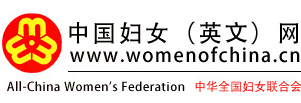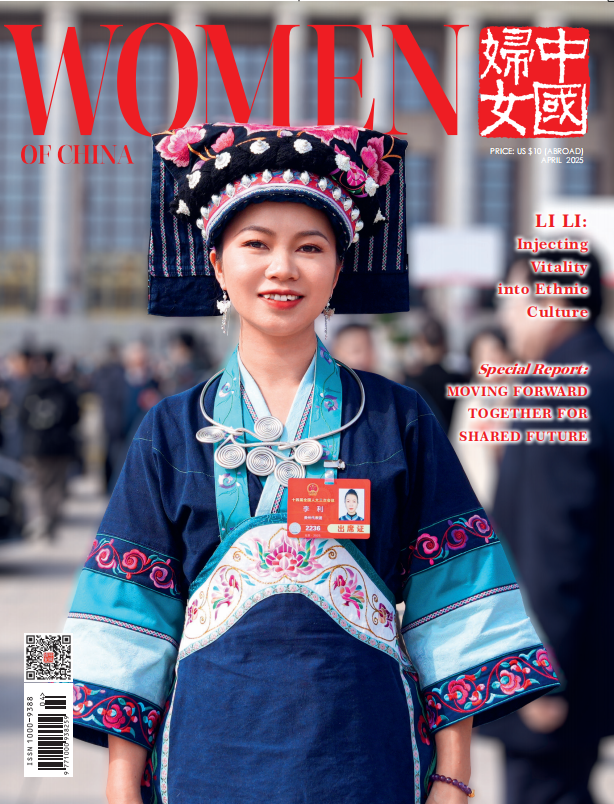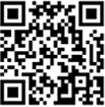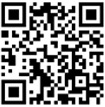Survey Reveals Increase in Scientific Literacy of China's Population
BEIJING, May 29 (Xinhua) — The scientific literacy of China's population has increased, promising a robust workforce for the country's innovation-driven development, a national survey released ahead of China's National Sci-tech Workers' Day on Friday has revealed.
The findings were released by the China Association for Science and Technology (CAST), showing that 44.07 percent of Chinese citizens aged 18 to 69 — corresponding to a population of approximately 440 million — have basic scientific literacy, while 15.37 percent meet the full criteria for scientific literacy.
The proportion of Chinese citizens with scientific literacy reached 14.14 percent, according to the result of the survey, the 13th of its kind, released last year.
The 14th national survey of scientific literacy among Chinese citizens was conducted in 2024 and utilized a graded evaluation system for the first time, categorizing respondents in four levels: high-level scientific literacy was classed at 85 points or above, scientific literacy at 70 or above, basic scientific literacy at 55 or above, and low-level scientific literacy at 54 or below.
The results show a pyramid-like distribution of 1:7:19 among the top three tiers. Approximately 440 million citizens fall into the basic scientific literacy category, scoring an average of 68 points, indicating a moderate understanding of and ability to apply scientific knowledge.
The latest survey defines scientific literacy as "the ability to uphold scientific principles, apply critical thinking, grasp fundamental methodologies, and utilize knowledge to solve real-world problems."
China aimed to raise its scientifically literate population to above 15 percent of its total population by 2025, under an action plan for science literacy of the people (2021-2035) issued by the State Council in 2021.
Analysis of the survey results suggests that individuals with basic scientific literacy are well-equipped to meet the demands of modern development and scientific production, thereby providing a significant human resource base for economic and social progress, and for technological innovation, according to CAST.
It also noted that this lays a solid foundation for the ongoing enhancement of the scientific literacy of China's citizens.
According to the China Research Institute for Science Popularization (CRISP), which conducted the survey, its tiered assessment method produces more precise insights into regional and demographic disparities, enabling the formulation of targeted scientific education policies.
The survey was designed to align with international assessment standards, tailored to the Chinese context, and covers such areas as scientific literacy status, attitude toward science and technology, means of obtaining scientific information, and participation in science popularization activities, according to CRISP.
Chinese citizens aged 18 to 69 were the survey's target demographic, it noted.
(Source: Xinhua)
Editor: Wang Shasha
Please understand that womenofchina.cn,a non-profit, information-communication website, cannot reach every writer before using articles and images. For copyright issues, please contact us by emailing: website@womenofchina.cn. The articles published and opinions expressed on this website represent the opinions of writers and are not necessarily shared by womenofchina.cn.








.jpg)

 WeChat
WeChat Weibo
Weibo 京公网安备 11010102004314号
京公网安备 11010102004314号